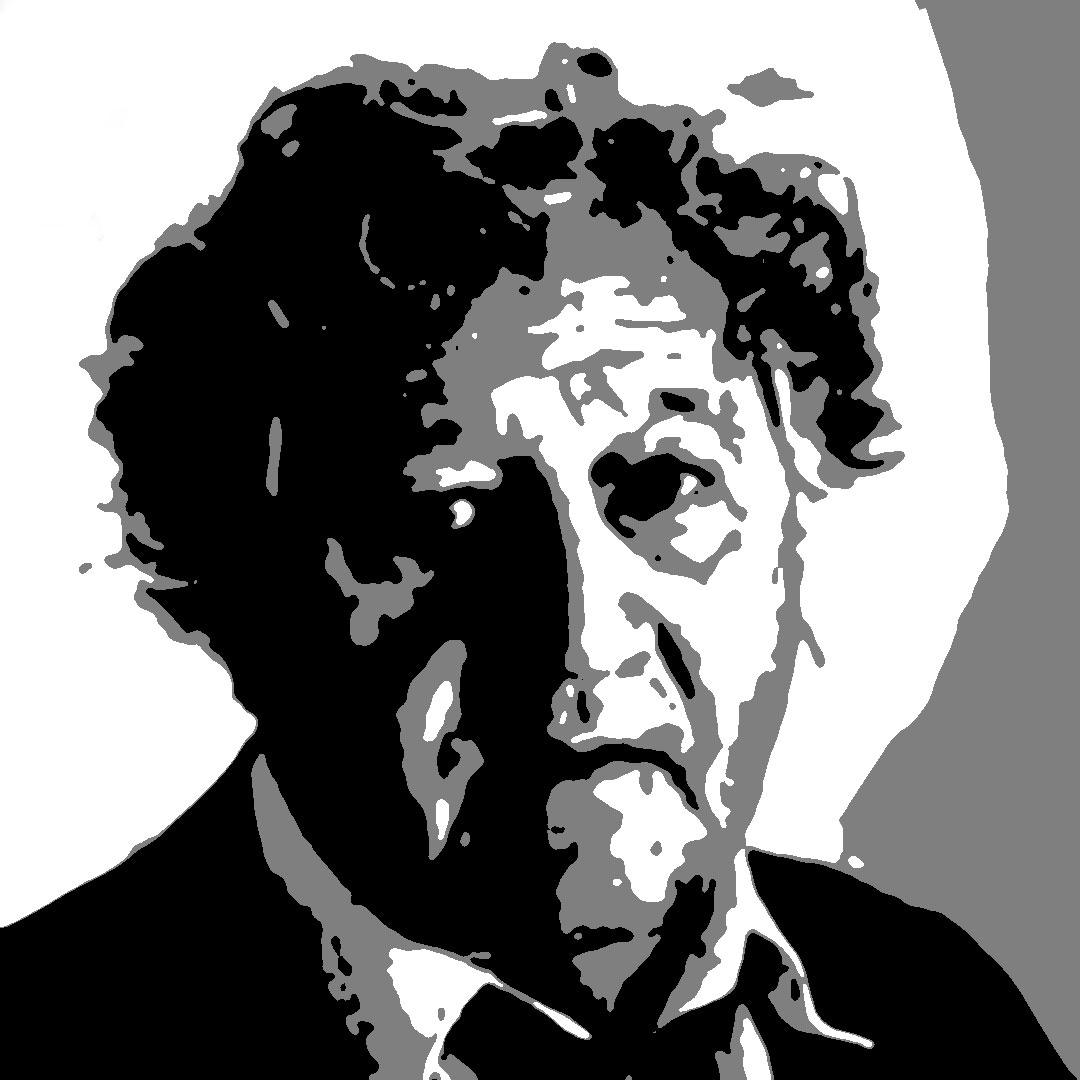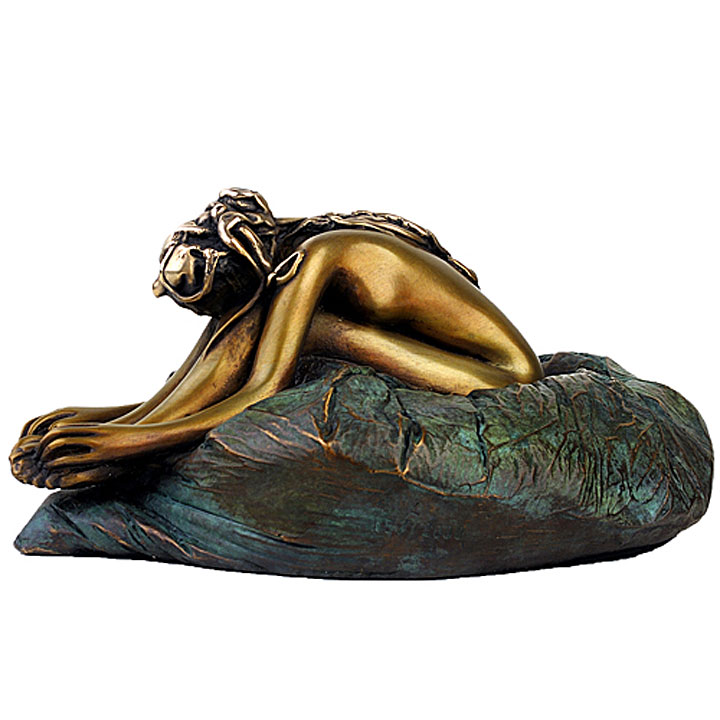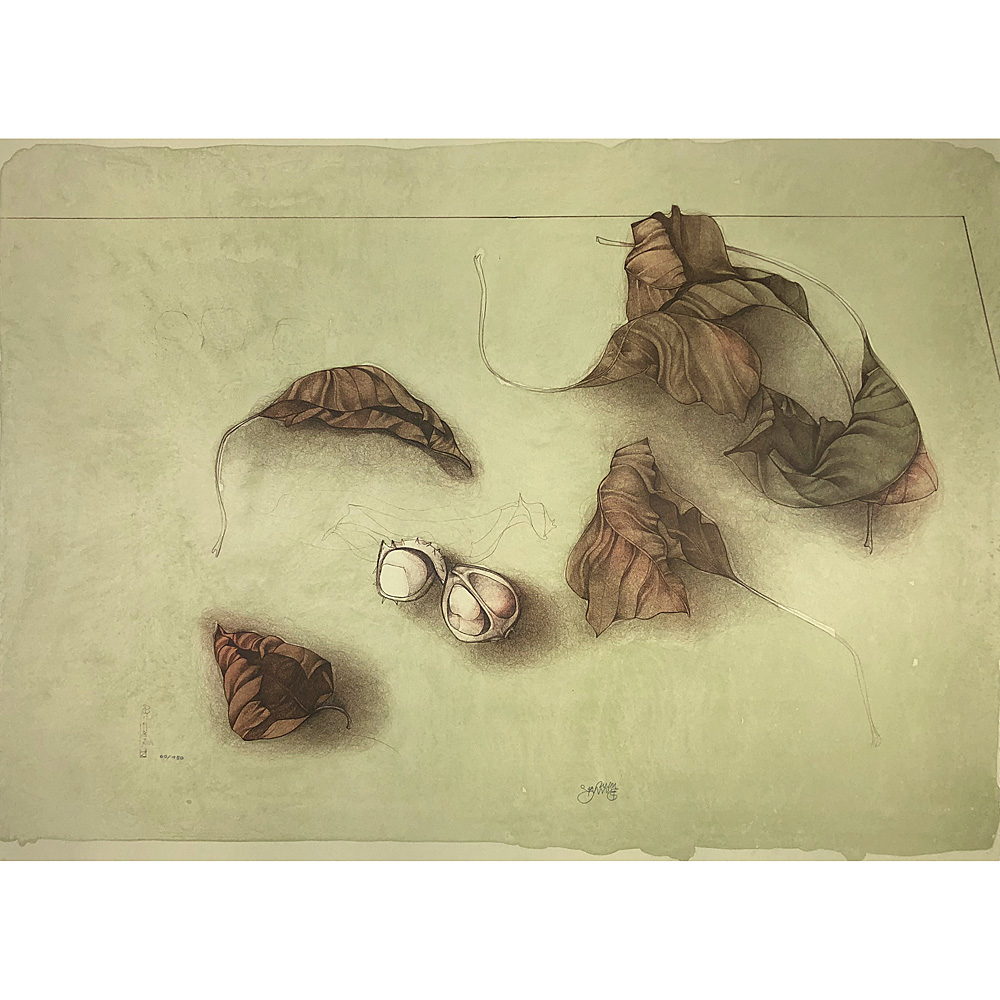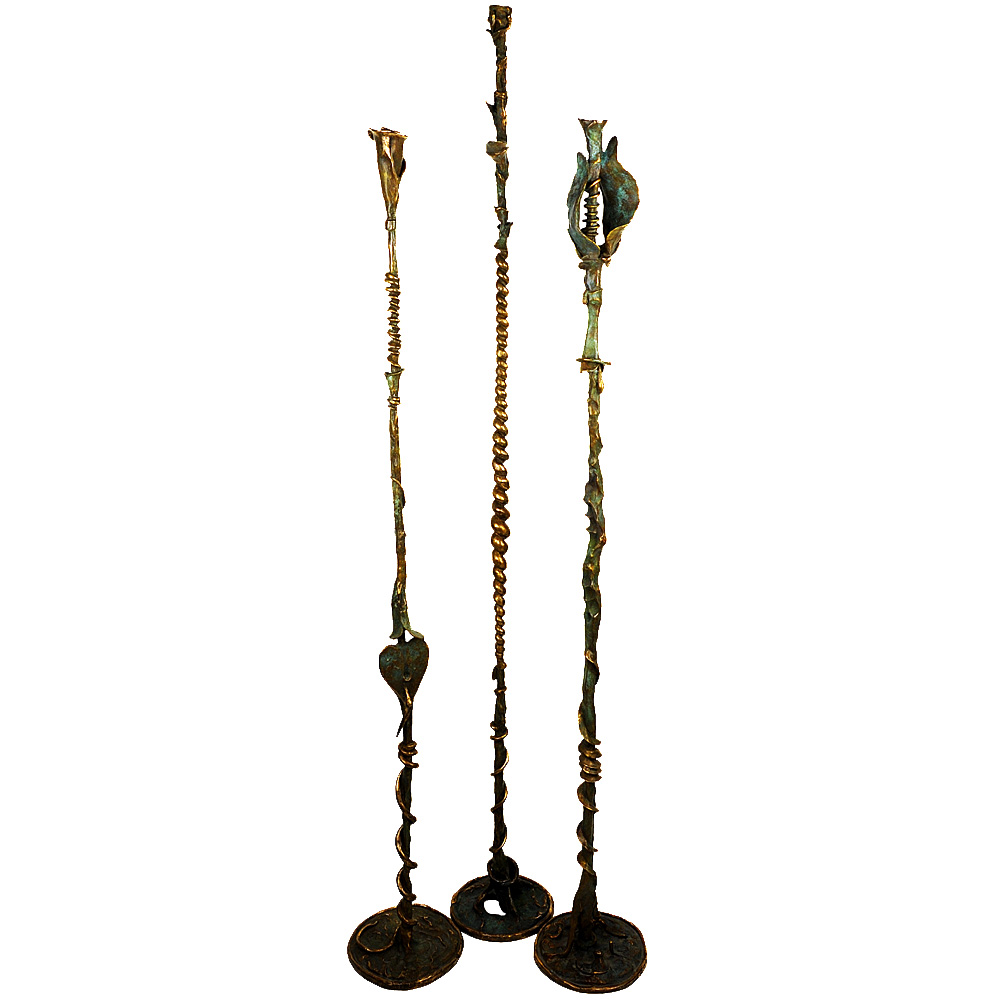
Bruno Bruni was born on November 23, 1935 in Gradara near Pesaro, Italy.
From 1953 to 1959 he studied at the Instituto d'Arte in Pesaro. After exhibitions in Pesaro and Florence, Bruni went to London in 1959, where he became interested in Pop Art. After an exhibition of his work in the Whibley Gallery in London, he came to the State University of Fine Arts in Hamburg in 1960. Georg Gresko made it possible for him to study, which was certainly a crucial stage in his biography. Bruno Bruni said of his strict mentor and teacher in a 1978 interview: Without Gresko I wouldn't be what I am today. Gresko helped Bruni to realize the tension between Italian artistic tradition on the one hand and surrealism and abstract expressionism on the other.
After Gresko's death (1962), he studied with Paul Wunderlich, who taught him the technique of polychrome lithography. In 1965, at the age of thirty, Bruni left the university and has been working in Hamburg and Urbino (Italy) ever since.
With his figurative motifs, Bruno Bruni made an international name for himself as a draftsman, painter and sculptor in the 1970s. In 1977 he was awarded the international Senefelder Prize for lithography. Bruno Bruni is one of the most famous Italian artists in Germany today and one of the most popular artists in Germany in general.



















































































